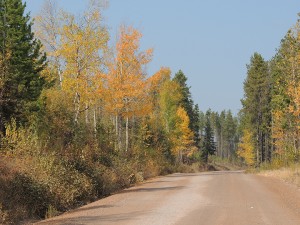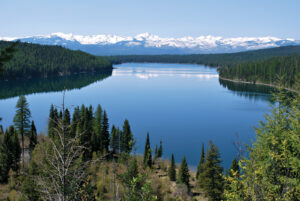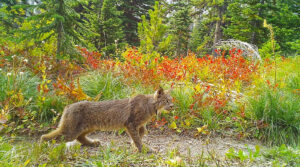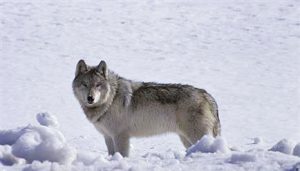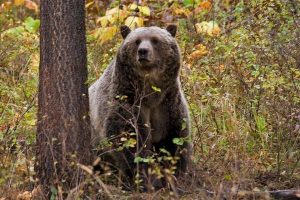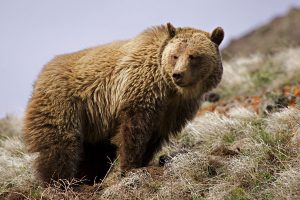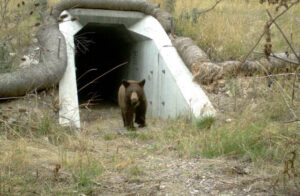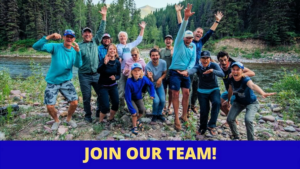 From our colleagues at the Flathead River Alliance . . .
From our colleagues at the Flathead River Alliance . . .
Flathead Rivers Alliance (FRA) announces 2023 River Ambassador and River Recreation/Citizen Scientist volunteer program trainings ahead of float season to enhance river safety, stewardship and citizen science, on the Three Forks of the Flathead River.
FRA is ramping up for the 2023 river season and recruiting 20-30 volunteer team members! Are you passionate about the river system that inspired a national protected Wild and Scenic River system and want to be an active stakeholder or citizen scientist? In anticipation of another record river user year for the Three Forks of the Flathead River, FRA is expanding their River Ambassador and River Recreation Monitoring/Citizen Scientist volunteer programs. River Ambassador training will be offered April 18th 6:00-8:00 PM and River Recreation/Citizen Scientist training April 27th 6:00-8:00 PM at Glacier Outdoor Center, in West Glacier. Trainings are conducted in partnership with FRA, Glacier National Park, Montana Fish, Wildlife and Parks, and Flathead National Forest. These partners are invested in river users having an enjoyable and safe experience, while ensuring the river system’s outstanding remarkable values are protected. Dinner will be provided, so please RSVP so we can plan accordingly.
